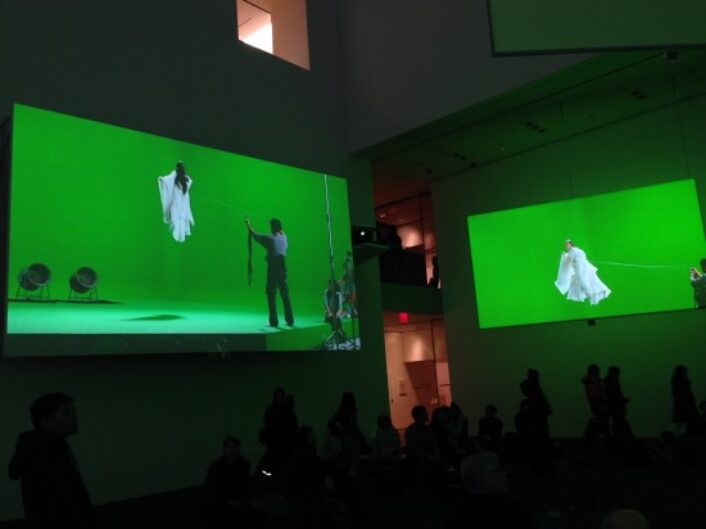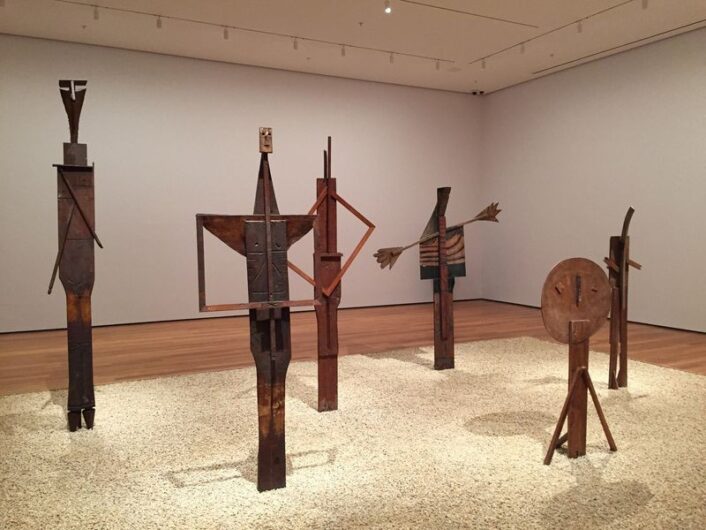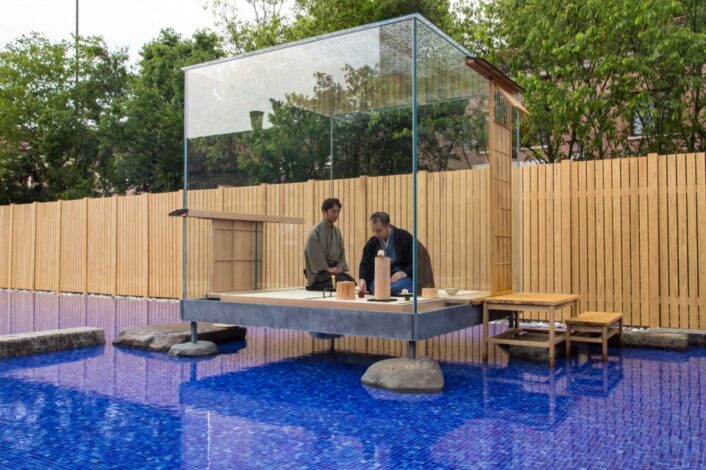Fine Art
“Louise Bourgeois: An Unfolding Portrait” Is Beautifully Curated with Lots of Love
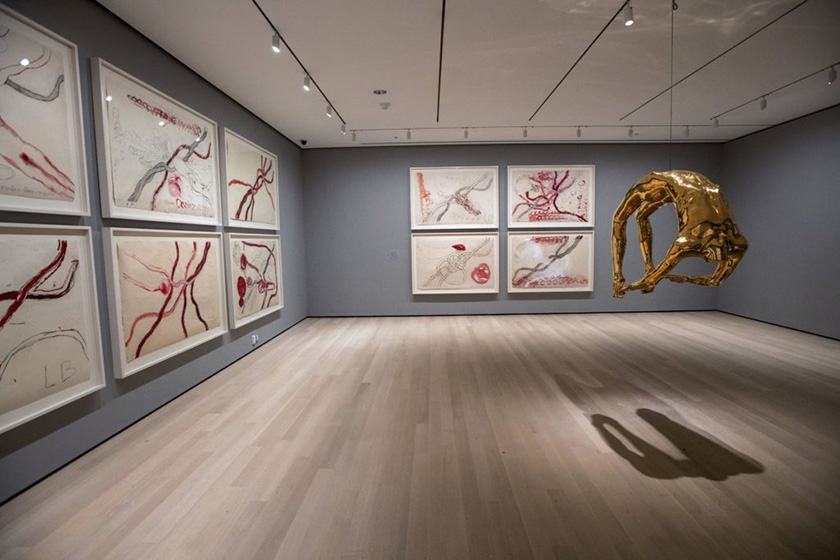
Louise Bourgeois at the MoMa, 10 of 14 sheets for, To Infinity, 2008’s collection of hand-worked etchings. Arch of Hysteria, the polished-bronze hanging sculpture, 1993. Image courtesy of The New York Times, photographed by: Philip Greenberg.
For the third time, the Museum of Modern Art has curated an amazing excursion of Louis Bourgeois’ unique work. “Louise Bourgeois: An Unfolding Portrait” is comprised of 263 prints and 23 sculptures curated by Deborah Wye who is now the chief curator of prints and illustrated books. Bourgeois made over 1,200 prints throughout her long lifetime, mainly in the 1990’s and 2,000’s. In actuality though, she made roughly 5,000, given that she hand colored them all and varied her editions.
The prominent themes throughout Bourgeois’ prints are family and betrayal. Childhood trauma laid the foundation and story line for years of art!
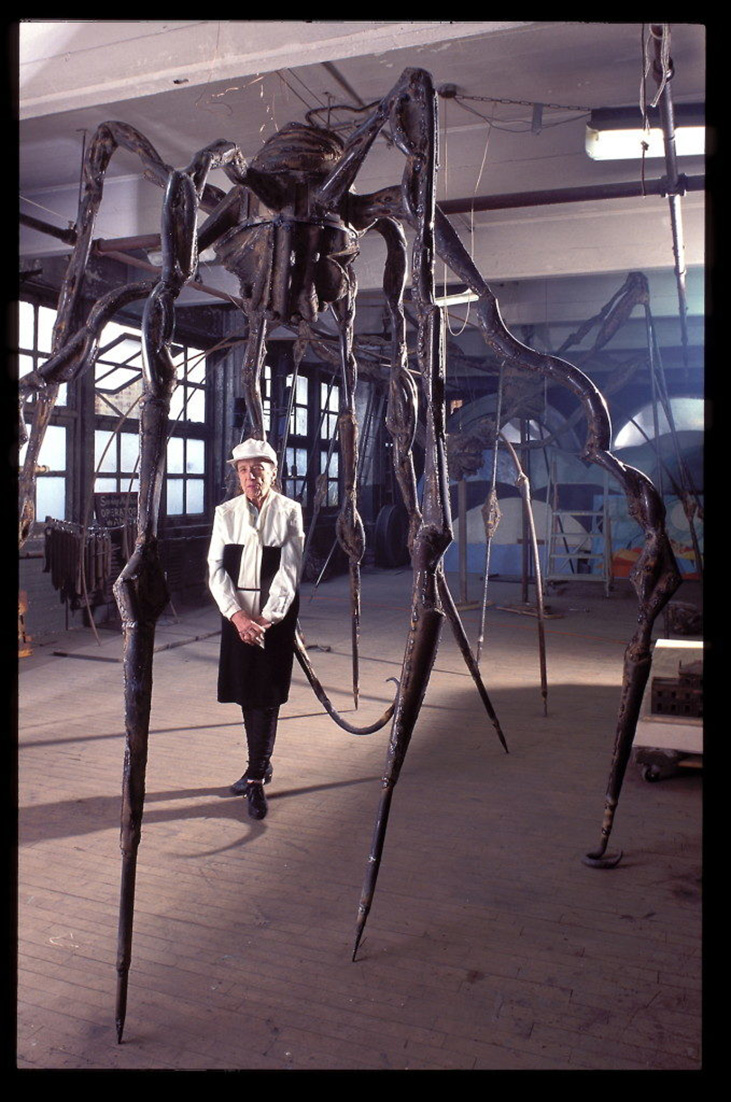
Louise Bourgeois and Maman in Brooklyn. Image courtesy of Hyperallergic, photographed by Jean-François Jaussaud.
Louise Bourgeois had a traumatic childhood that shaped her perception for an entire lifetime. Growing up in Paris, she was her father’s “daddy’s girl” from infancy. Unfortunately when she was 5, Bourgeois’ mother became sick and never made a full recovery. At that time, her father installed his mistress in the family home as the children’s tutor.
The betrayal that Bourgeois felt as her mother was so sick brought on depression and anxiety. Soon after her mother’s death, she left her planned educational path of philosophy and math and began printmaking.
In 1938, Bourgeois met the American Robert Goldwater who was in Paris studying art history. The pair was married 3 weeks later and moved to New York. While raising three sons, Bourgeois studied printmaking at the Art Students League.
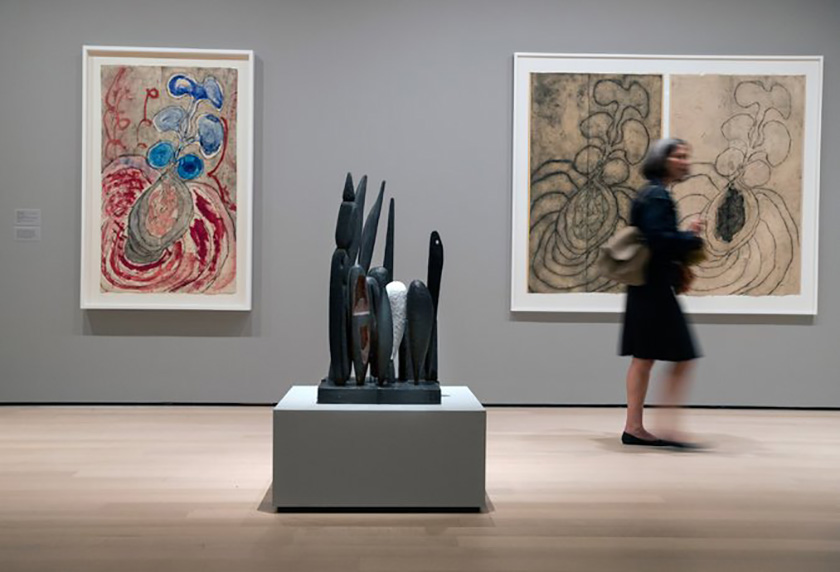
Louise Bourgeois, Night Garden was made in 1953 from painted wood. Image courtesy of The New York Times, photographed by Philip Greenberg.
In the 1950’s, Bourgeois took up sculpting, altogether abandoning printmaking for several decades. In 1982, she became the first female sculptor to get a solo retrospective at the MoMA. It was Deborah Wye who organized all of Bourgeois’s MoMA exhibitions. At that time, the artist was 70 years old!
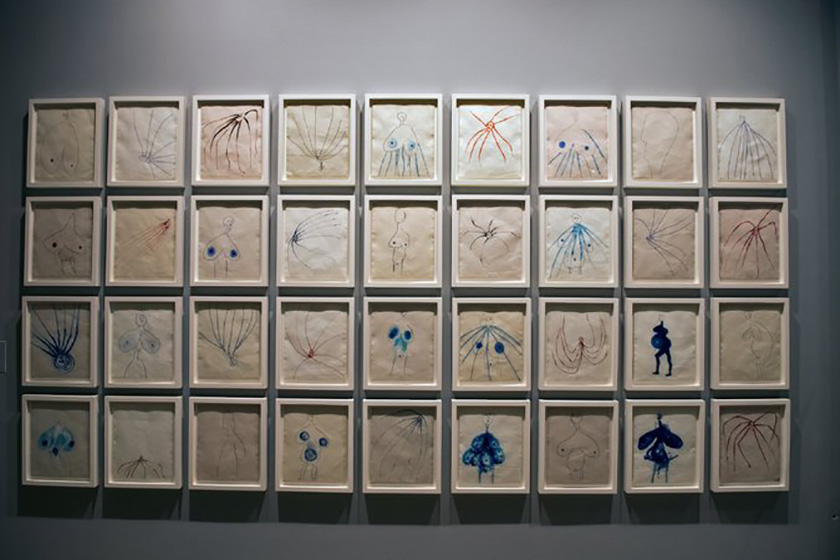
Louise Bourgeois, The Fragile, 2007, is a series of 36 digital prints on fabric taken from one of Bourgeois’ sketches. The artist added more of her personal touches with red and blue dye. Image courtesy of The New York Times, photographed by Philip Greenberg.
The MoMA exhibition is full of previously unseen prints that the museum owns. These virgin prints are primarily from Bourgeois’ last two decades, the thematic organization brings her late work to light.
As per the example above, some of the little prints are architectural in style while others mimic childish illustrations. Look closely and you can see scenes from life such as pregnancy and birth. And of course, you can see the giant spiders that Bourgeois was so incredibly fond of throughout her life!
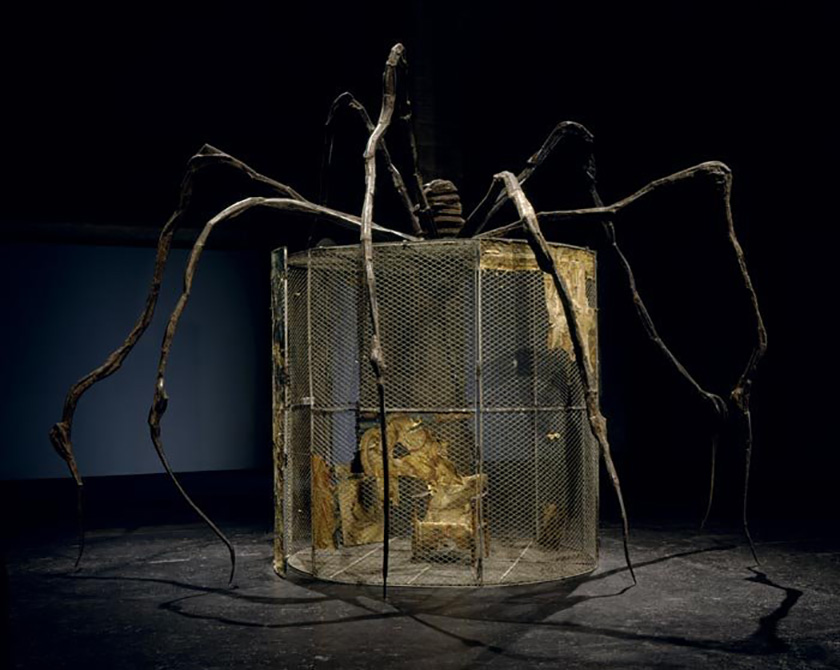
Louise Bourgeois, Spider, 1997. Steel, tapestry, wood, glass, fabric, rubber, silver, gold and bone. From the private collection of Cheim and Read, New York. Image courtesy of The Tate, photographed by Rafael Lobato.
In 1980, Bourgeois took over an abandoned garment factory in Brooklyn and made it her new studio. With so much space, she was able to take her art to a new level in terms of size!
Spiders is a recurring theme in Bourgeois’ 1990’s work. Seen as both predator and protector, Bourgeois’ spider is an abstractly elegant representation of the mother. Coincidently, Bourgeois’ mother worked in the family’s tapestry restoration business which lends itself to a spider’s web. Additionally, the pieces are made from scraps of fabric stitched together… replicating a spider’s web once again.
If you find yourself in NYC, take a walk over to the MoMA and stroll through this great exhibitions. Closing January 28th, you have plenty of time to explore a wonderful collection of pieces!
